
Pulled beef, or “carne desmechada” in Chile and Latin America, is popular for its slow-cooking until fork-tender. This preparation yields flavorful, tender meat, used in sandwiches, tacos, and traditional dishes with rice and beans.
Short on time? 🕐 Save this image as a pin 📌 to revisit our blog post later. Don’t miss out on valuable insights!

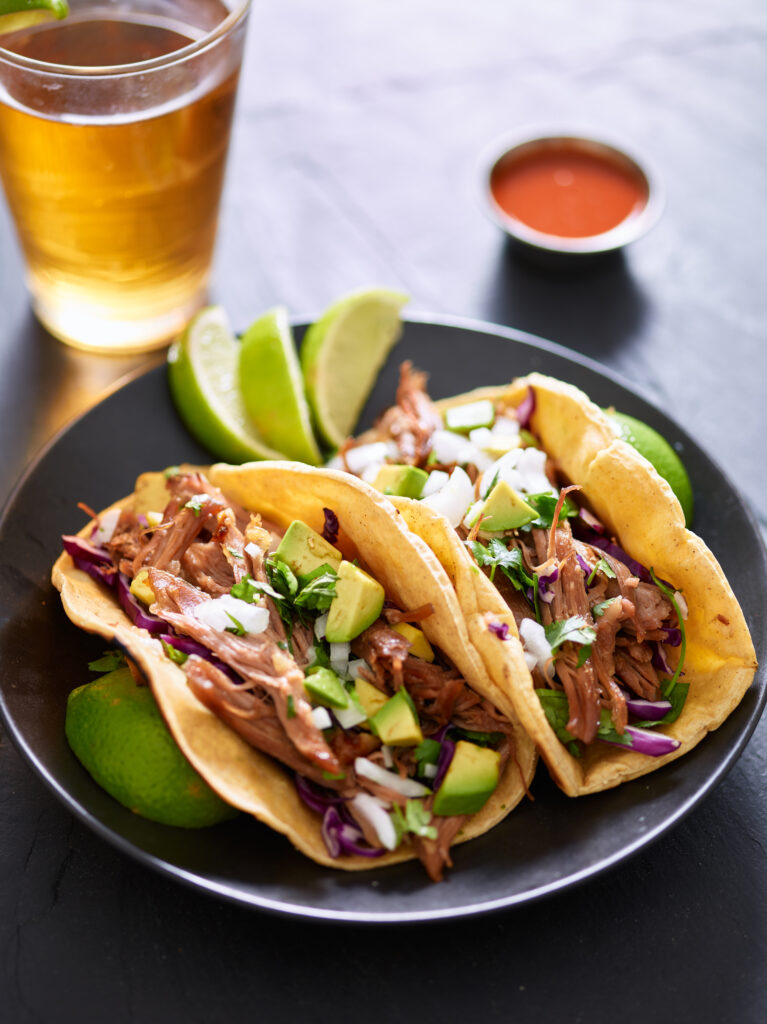
In Chile, carne desmechada is a cherished comfort food, merging indigenous and European influences. Cooks typically season the beef with spices, garlic, onions, and occasionally tomatoes. This creates a savory filling or topping, perfect for the country’s diverse climate.
Pulled beef adapts well to different tastes and occasions, suiting both home and restaurant use. Its preparation, though lengthy, offers rich flavors and tender texture, showcasing the dedication and tradition in Chilean cooking.
Here’s how carne desmechada or similar dishes manifest in different countries:
- United States: In the U.S., pulled beef is a common filling for sandwiches, tacos, and burritos. Often, it’s cooked with barbecue sauce or other seasonings to enhance its flavor, making it a popular choice in American barbecue and Mexican-inspired cuisine.
- Mexico: Although not labeled as carne desmechada, Mexico offers a variety of shredded meat dishes, such as “ropa vieja” (more commonly linked with Cuban cuisine but also present in Mexico) and “tinga,” where chefs cook the meat with tomatoes, onions, and chipotle chiles.

- Cuba: Ropa vieja is a famous Cuban dish that closely resembles carne desmechada. Cook the beef with tomatoes, onions, bell peppers, and a mix of spices until easily shredded. Then, serve it with rice and beans for a delicious meal.
- Philippines: A similar dish to carne desmechada, “mechado,” involves cooking a larded piece of beef in a tomato-based sauce until tender.While not shredded in the same way, the cooking technique and the use of tomatoes link it to carne desmechada.
- Spain: Spain offers a dish called “carne mechada,” where chefs stuff, roast, and sometimes shred meat, serving it in various ways, including with sauce or on sandwiches, though it’s not exactly the same as carne desmechada.
Every country tailors the dish to its traditions with local ingredients and methods, crafting a version that appeals to its people. Despite varied spices, serving methods, or sides, carne desmechada stays versatile and delicious.
Comments +